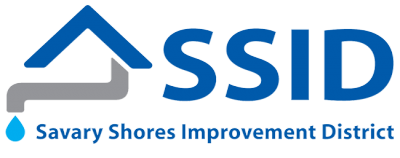• Directly below are the October 10 2025 Trustee Minutes.
• The November 26 finance meeting Minutes will be posted after adoption at the January 5 2026 finance meeting.
• The July 23 operations meeting Minutes will be posted after adoption at the next operations meeting, date not yet determined.
• The 2025 Annual General Meeting Minutes remain a draft until amended or adopted at the 2026 AGM.
• Minutes from 2024-2025 can be downloaded from the bottom of this page.
• For Minutes from 2016 - 2023, please see the Archived Minutes page.
MINUTES
Trustee Admin/Finance Meeting
11:00 am October 10, 2025
Via Zoom
Present: Chair Bryan Miles, Trustee Lee Davis, Trustee Brent Brucker, Administrator Janine Reimer
1. Tax exemption question
Discussion. The trustees reviewed recent correspondence requesting tax exemption for undeveloped properties. The correspondence rationale was that the undeveloped land might never make use of the new tank.
The Chair had prepared an Excel spreadsheet analysis of budget items allocated to unconnected properties vs connected properties. The figures closely aligned with the proposed 2026 tax plan of $900 and $1250 for Class B and A lots respectively.
In discussion, the trustees concluded that undeveloped lots benefit from inclusion in the District, and that the water system would be unsustainable if it were to restructure its taxation system to exempt undeveloped properties from contributing to asset renewal.
...............................................................Administrator to respond to correspondence accordingly
2. Correction to qRD description of SSID
Discussion. The trustees agreed that SSID should request a correction to qRD communications that misidentified SSID as privately owned.
........................................................................ Administrator to email qRD with suggested revision
3. Updates
The administrator said she would distribute the third quarter budget report to all trustees, and that the figures showed SSID would be fine to year end, and that the unplanned tank inspection was responsible for the difference between budget and projected actuals.
She also advised the trustees that the operator was installing ARV lids that day from two standpipes, filling the standpipes with sand, and moving controls to the surface.
The operator would also be meeting with Savoco Solutions to advise on monthly generator loading.
4. Next meeting
TBD
5. Adjournment B.Miles
11:45 AM

